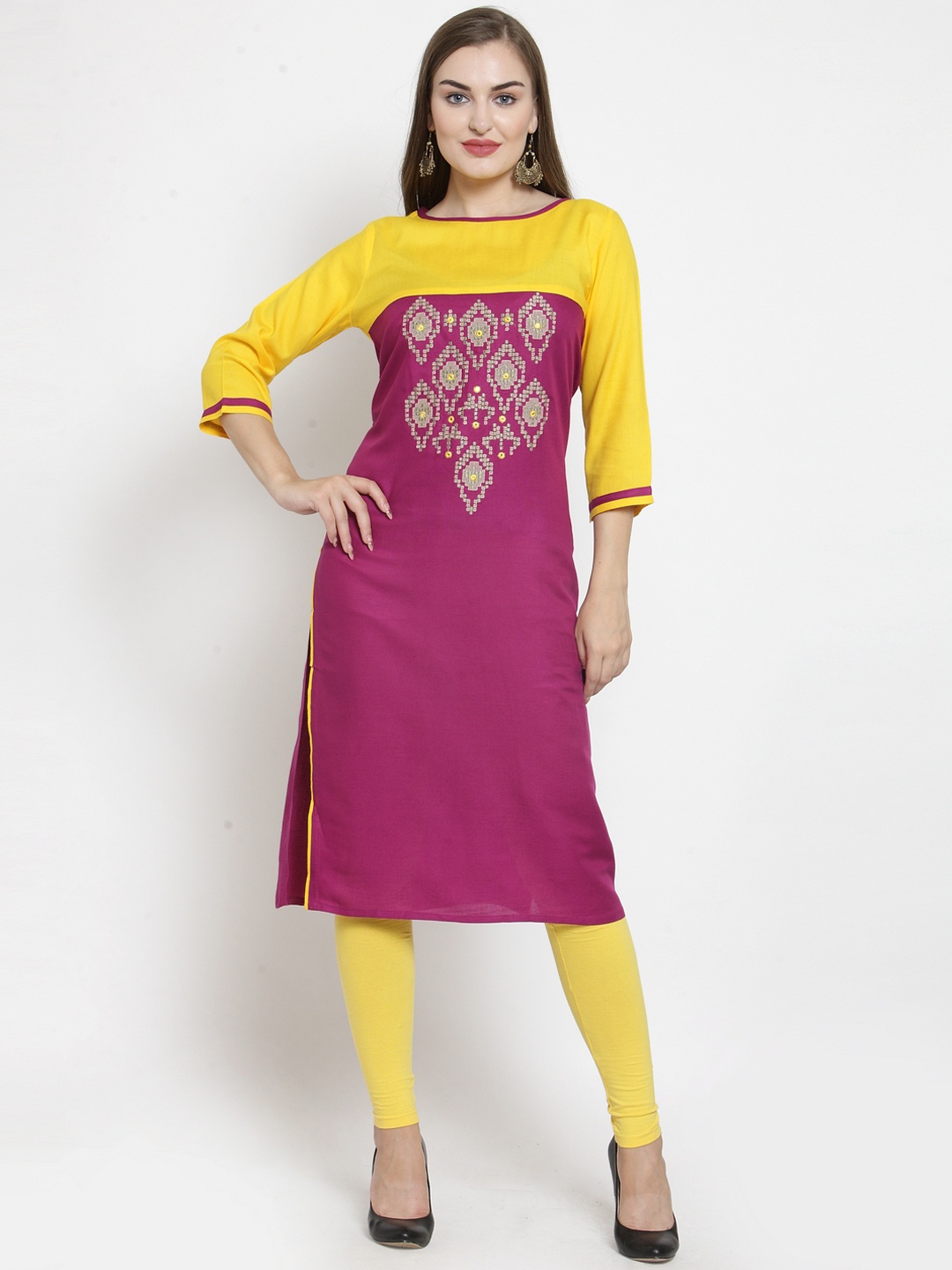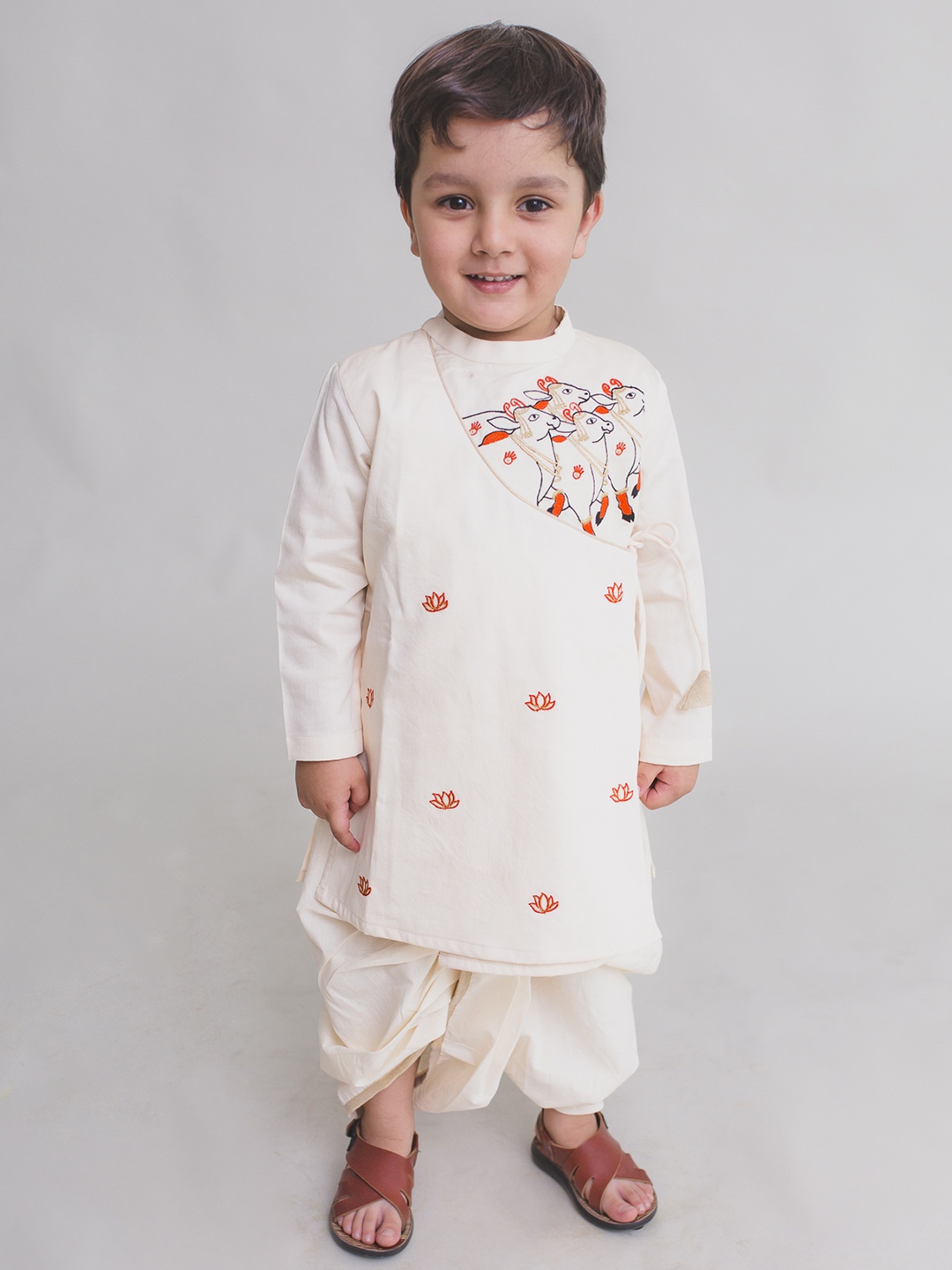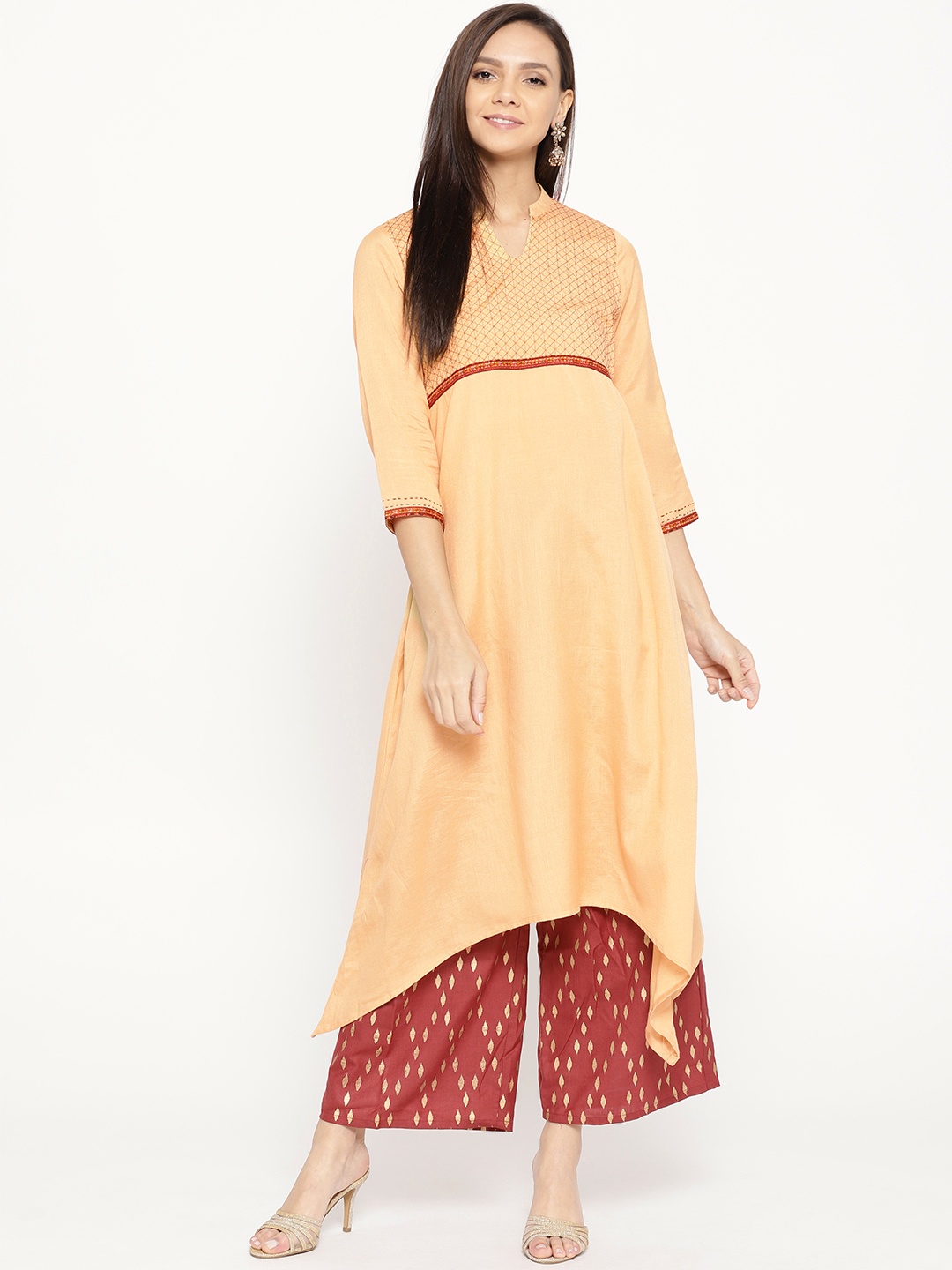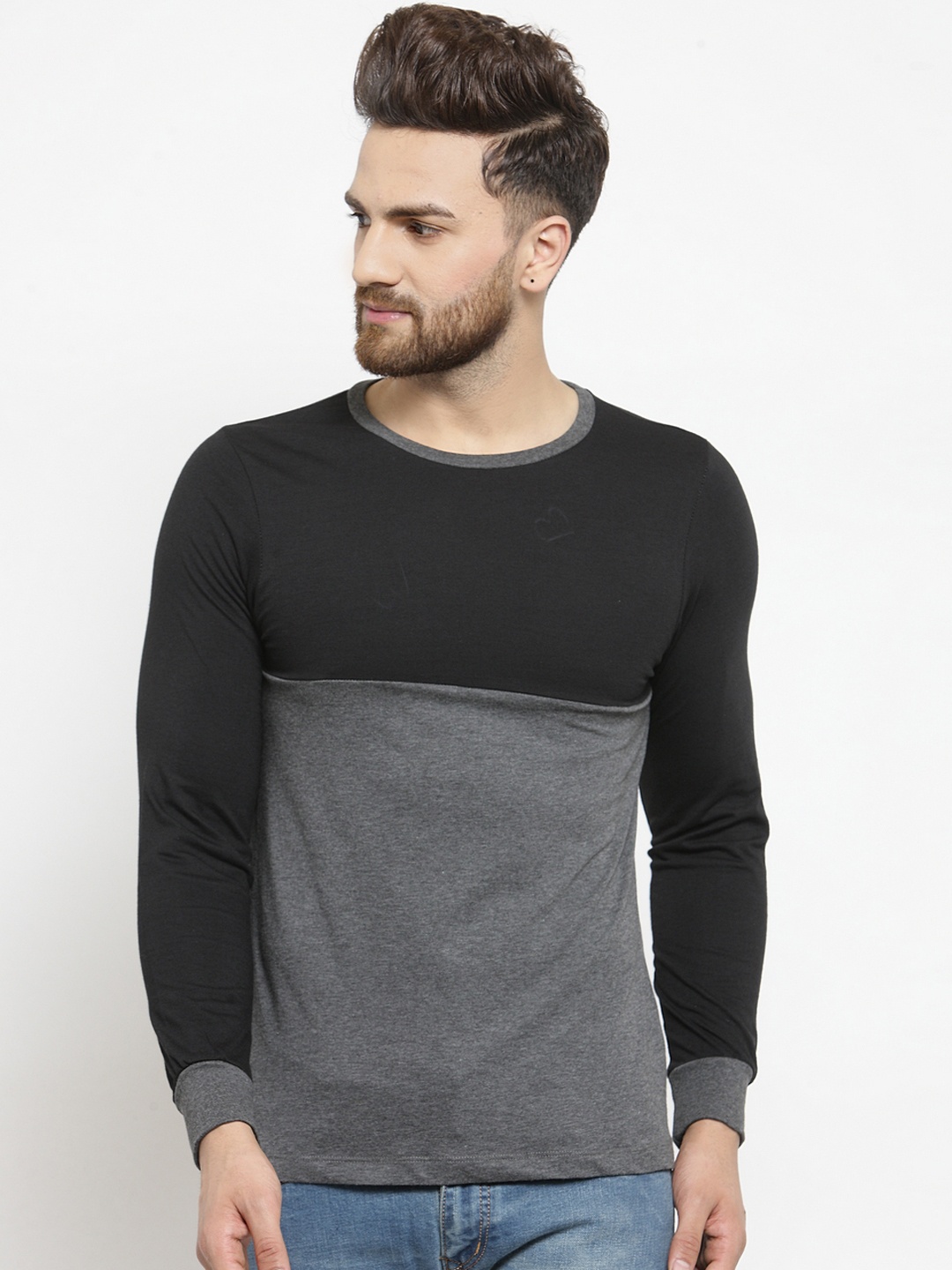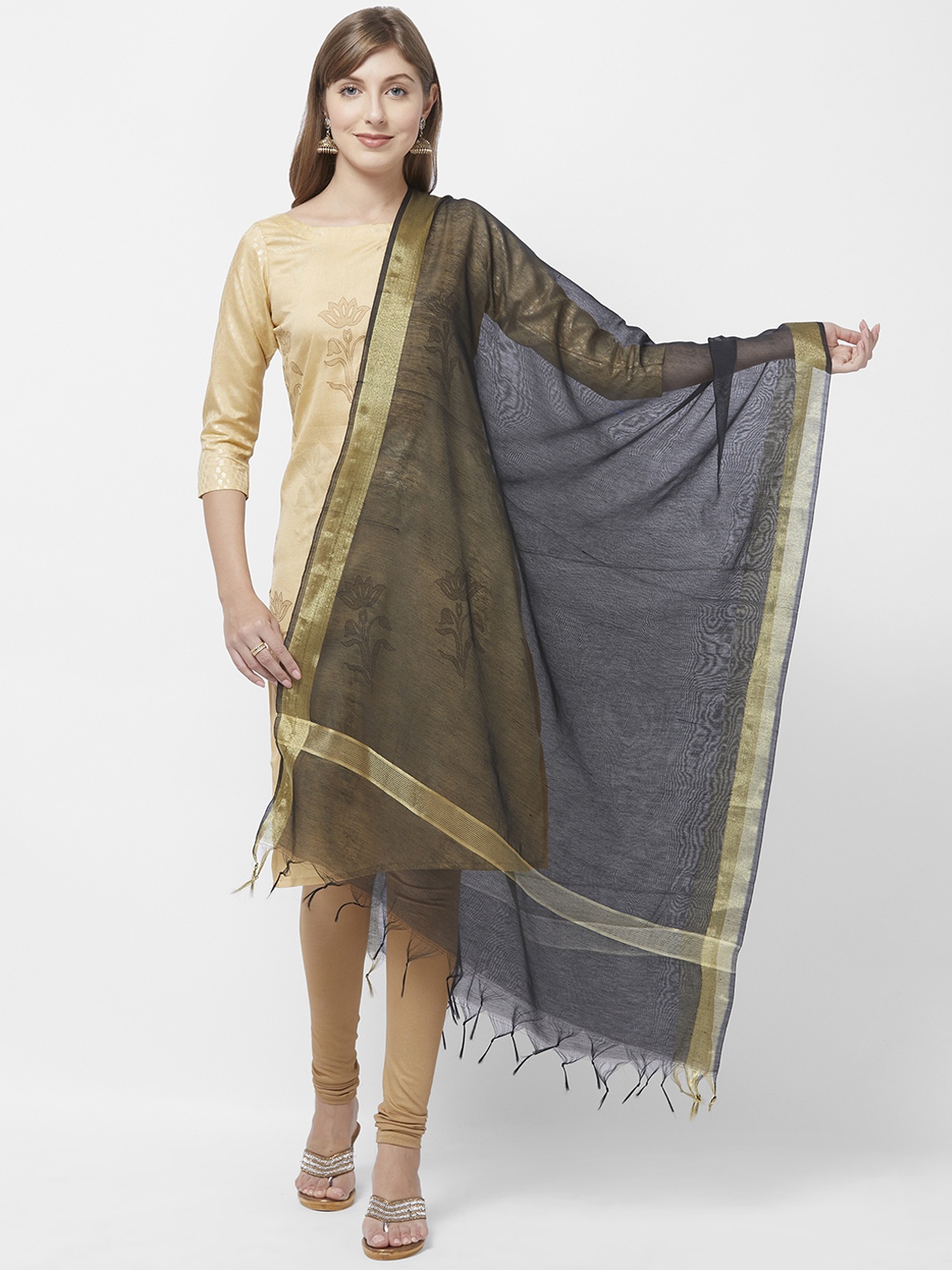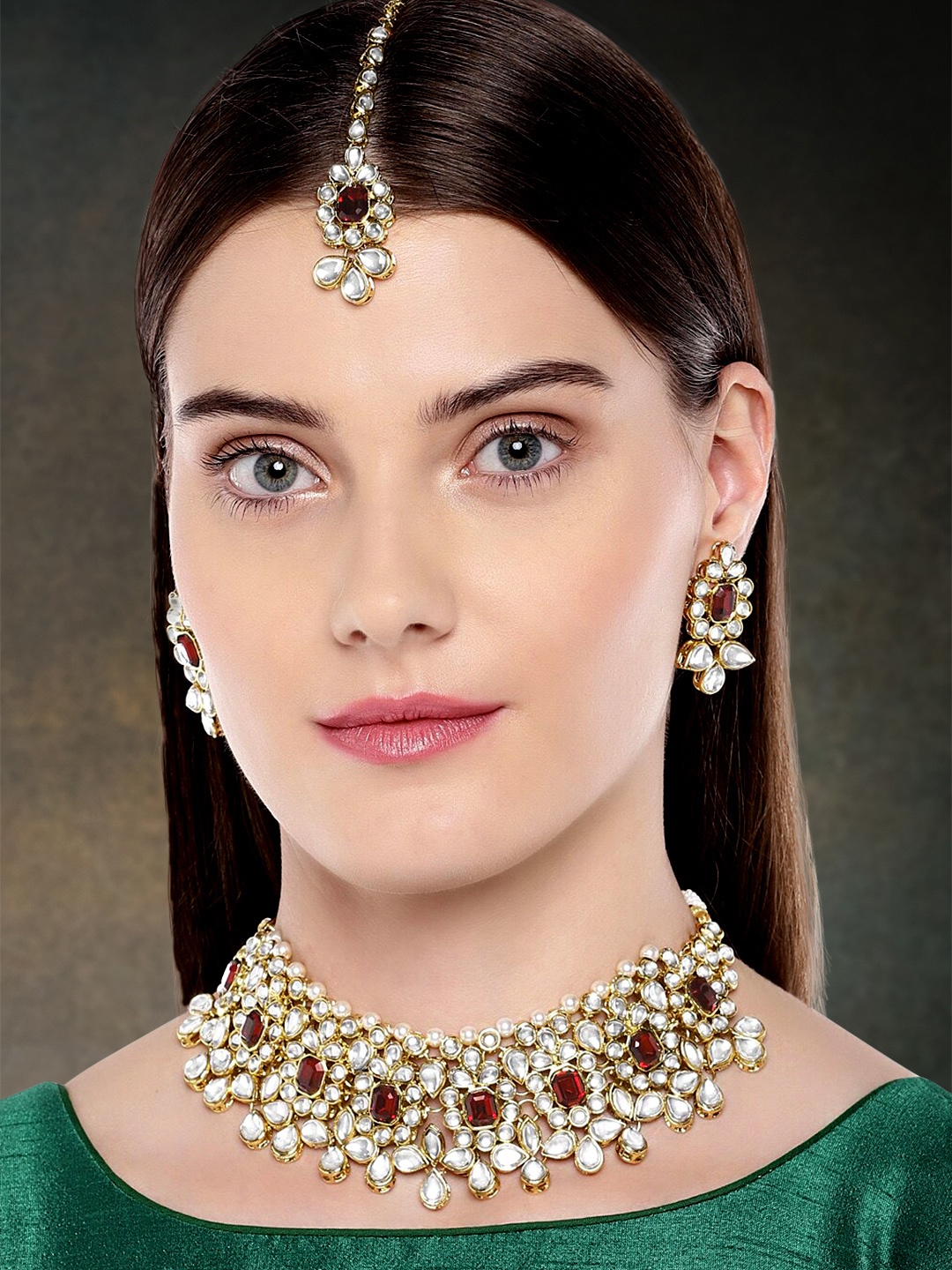Waterproof Boots vs Breathable Boots: Which Are Best For Everyday Comfort?
Choosing the right boots is more than just a question of fashion. Waterproof or breathable? The debate goes deeper than leather and stitching. Let us step into the world of boots and discover which pair truly fits daily life.

Waterproof Boots vs. Breathable Boots: Know How To Get The Optimal Balance for Daily Wear.
Footwear is often underestimated until it fails us at the worst possible moment. Think about a pair of shoes betraying you in the middle of a sudden downpour, or that dreadful moment when socks start sticking to sweaty soles after a long walk under the harsh sun. Boots, in particular, are investments that promise durability and style, but the question remains: should they be waterproof or breathable? The answer is not as straightforward as pointing to one type. Life in our cities swings between extremes, soggy monsoons, sticky summers, and dusty streets that could swallow your stylish slippers whole.
Understand that waterproof boots offer superior protection in wet conditions, while breathable boots provide greater everyday comfort by keeping feet cool and reducing sweat during regular use. Now, read all about it at length below.

10 important things to learn about waterproof vs breathable boots.
Photo Credit: Pexels
Finding The Right Fit: Weighing Waterproof vs. Breathable Boots
1. The Monsoon Challenge: When Waterproofing Feels Like Magic
Nothing tests footwear quite like the monsoon. One wrong step on a flooded street and suddenly the day becomes a battle with squelching socks and soggy trousers. Waterproof boots become lifesavers in these moments. They are designed to form a barrier against moisture, making the puddles less menacing.
In practical terms, waterproofing can save more than just your feet; it can protect your health. Damp feet are a breeding ground for fungal infections, a problem that thrives during muggy weather. A sturdy pair of waterproof boots might cost around ₹3,000–₹5,000, but they repay you in peace of mind and a far fresher commute.
The downside? They can feel like a furnace for your toes when humidity rises. Waterproofing often means reduced air circulation, and sweaty discomfort is its own form of torture. The trick is knowing when the clouds demand waterproofing and when they don't.
2. The Breathability Bonus: Escaping the Summer Sauna
Picture this: a sweltering afternoon, endless honking traffic, and a pair of boots that feel more like ovens than shoes. This is where breathable boots earn their stripes. Designed with mesh fabrics or moisture-wicking linings, they let air flow freely, ensuring feet remain cooler and less prone to odour.
For daily wear, breathability is as vital as style. Commuters who spend hours on buses or local trains will confirm that breathable footwear makes the grind bearable. After all, sweaty feet can sap energy faster than a traffic jam drains patience.
Price-wise, breathable boots are available from ₹2,500 onwards, with lightweight designs that suit casual as well as semi-formal settings. They might not protect during a sudden shower, but for dry months, they're unbeatable. Feet, after all, deserve to breathe just as much as lungs do.
3. Style Meets Substance: Why Looks Still Matter
Boots are not just tools for comfort, they're part of personal style. A polished pair can transform the simplest jeans into a statement. Waterproof boots often come in rugged designs, perfect for those who like a bold edge. Breathable boots, on the other hand, lean towards sleek and sporty finishes that pair well with lighter clothes.
Choosing between the two often comes down to lifestyle. Someone working in outdoor environments may prefer the solid confidence of waterproof leather boots, while a student or office-goer might prioritise lighter, airy designs.
The best brands understand this duality. They now craft hybrids with stylish exteriors and smart materials, though these can push prices upwards of ₹7,000. But investing in boots that blend looks with practicality feels less like a splurge and more like a reward. After all, every step becomes a subtle fashion show.

Choose a blend of both types to embrace your style regardless of the weather; Photo Credit: Pexels
4. Durability and Daily Grind: Which Lasts Longer?
There's no denying that boots are built for endurance, but waterproof and breathable designs age differently. Waterproof boots, often constructed with leather or treated materials, can outlast most breathable counterparts if properly maintained. With regular cleaning and occasional polishing, they can survive several monsoons with grace.
Breathable boots, while lightweight and airy, sometimes sacrifice longevity for comfort. Mesh panels can tear or fray after heavy use. Yet, their appeal lies in being easy replacements, cheaper, lighter, and widely available.
For those balancing tight budgets, durability matters. Spending ₹5,000 once for a pair that lasts three years can be more economical than replacing a ₹2,500 breathable pair every year. Still, there's no denying the joy of fresh, airy footwear that feels new each season. Longevity versus comfort, a trade-off everyone must calculate for themselves.
5. Health and Hygiene: More Than Just Dry Socks
Feet are often neglected in conversations about health, but they carry the weight of daily life. Waterproof boots shield from infections caused by dampness, while breathable boots prevent fungal growth from sweat accumulation. Both have their strengths, and both address genuine health concerns.
In urban life, foot hygiene is more than vanity. Long commutes, crowded markets, and unpredictable weather demand footwear that prevents odour, blisters, and infections. Medical professionals often recommend rotating between waterproof and breathable pairs depending on the season.
Consider it a simple act of self-care: investing in the right boots is like paying for health insurance. ₹4,000 spent on a good pair might save much more in doctor visits later. Comfort and hygiene together create confidence that no cologne can mask if feet aren't cared for.
Also Read: Ankle Boots vs. Knee-Highs: Best Styles for Indian Weather and Traditional Outfits
6. Maintenance Matters: Keeping Boots Alive
Boots are not “buy and forget” purchases. Waterproof pairs need periodic cleaning to prevent cracks in treated leather, while breathable ones require regular dusting and gentle washing to preserve their mesh. Neglecting either can shorten their lifespan significantly.
Waterproof boots, once soaked in mud, demand patience; air-drying, brushing, and polishing become routine. Breathable boots are easier, but washing them too often can weaken their fabric.
There's also a cultural quirk: many households prefer leaving shoes at the door, which makes boot care tricky. Dust gathers, odour lingers, and soon, even the best pair loses charm. The solution is small rituals: drying sachets, cleaning cloths, and sprays that cost less than ₹500 but stretch boot life by years. A little care turns them into loyal companions rather than disposable accessories.

Both types need different intensity of cleaning to last long; Photo Credit: Pexels
7. Cost vs. Value: Where Money Meets Practicality
Budget often dictates choices more than preference. Waterproof boots, with advanced materials and labour-intensive designs, naturally cost more. Breathable boots, while lighter on the pocket, may need replacement sooner.
For daily wear, value lies in balance. A middle-range waterproof pair (₹4,000–₹6,000) and an affordable breathable pair (₹2,500–₹3,500) together can cover most seasons. Instead of gambling on one perfect pair, having both ensures preparedness for surprises, whether it's a sudden drizzle or a scorching commute.
Think of it as building a footwear wardrobe. Just as people keep multiple outfits for different occasions, boots too deserve seasonal variety. Spending strategically ensures comfort without blowing the monthly budget.
8. Cultural Habits: Weather, Work, and Walking
The choice between waterproof and breathable boots isn't just about climate, it's about lifestyle. Streets often surprise with potholes hidden under puddles, or dusty paths leading to workplaces. For some, long hours outdoors demand waterproof resilience. For others, long walks through crowded stations cry out for breathable relief.
Consider festivals, when streets flood with shoppers and vendors. A waterproof boot saves the day from sticky puddles, while breathable boots help manage the long hours of standing or walking.
The balance lies in recognising personal routines. A delivery worker, a college student, and a corporate employee might all choose differently, even if they live in the same city. Footwear, like food, must adapt to one's daily rhythm.
9. The Hybrid Revolution: Getting the Best of Both Worlds
Technology is finally catching up with our footwear dilemmas. Hybrid boots promise to combine waterproofing with breathability, thanks to innovations like treated fabrics, micro-porous membranes, and lightweight leathers. These aim to let air escape while blocking water.
Of course, such miracles come at a price, often upwards of ₹8,000. But for those who can afford the investment, hybrids reduce the need to switch between pairs and offer year-round reliability.
They also represent a cultural shift: footwear no longer being seasonal but versatile, designed for unpredictable urban realities. While hybrids may not fully master both qualities, they point to a future where compromise becomes less painful.

Hybrid options offer both style and breathability in one pair; Photo Credit: Pexels
10. The Final Step: Choosing What Truly Fits
At the end of the debate, the choice comes down to context. Waterproof boots are indispensable for wet seasons, while breathable boots provide unmatched comfort during dry and hot months. Neither is superior; they simply excel under different conditions.
For daily wear, the wisest option may be owning both. Much like a wardrobe shifts with the weather, so too should footwear. Practicality does not have to come at the expense of style or comfort.
Ultimately, boots are not just about protecting feet; they're about supporting journeys, ambitions, and the everyday hustle. Choosing wisely ensures every step feels lighter, drier, and far more enjoyable, whether it's navigating monsoon chaos or chasing a bus under the summer sun.
Products Related To This Article
1. Truffle Collection Women Textured Peep Toe Stiletto Heeled Boots
2. NICO NERINI Women Casual Rain Boots
3. London Rag Women Textured Platform-Heeled Chunky Boots
4. Stylestry Women Casual Block-Heeled Rain Boots
5. Truffle Collection Women Solid Calf-Length Winter Boots
Footwear choices are small decisions that ripple into larger consequences for comfort, health, and style. Waterproof boots stand tall during downpours, while breathable ones whisper relief in the heat. The perfect balance isn't about picking sides, it's about understanding when each pair shines.
A thoughtful investment in both types ensures preparedness for all seasons, while hybrids hint at a future where compromise becomes unnecessary. Until then, boots remain companions on the unpredictable streets of daily life. Every step tells a story, and the right pair ensures it's one worth remembering.
Disclaimer: The images used in this article are for illustration purpose only. They may not be an exact representation of the products, categories and brands listed in this article.








